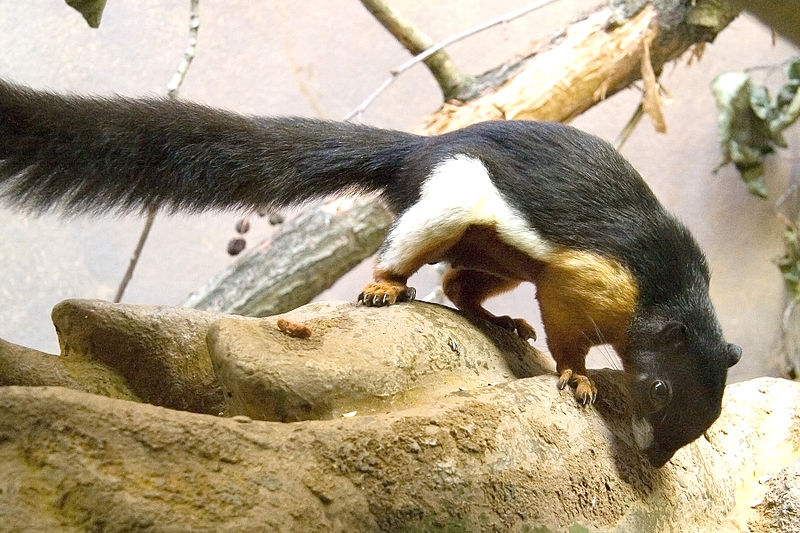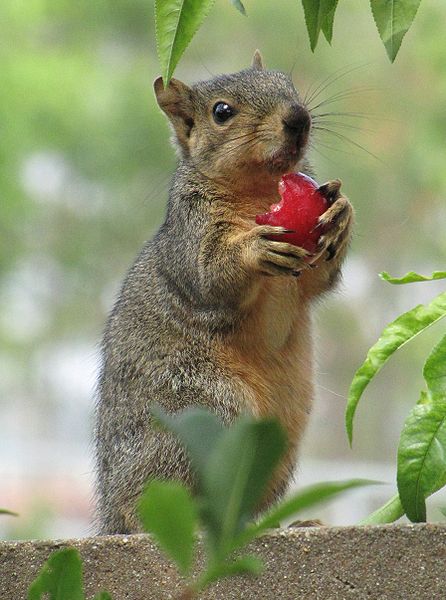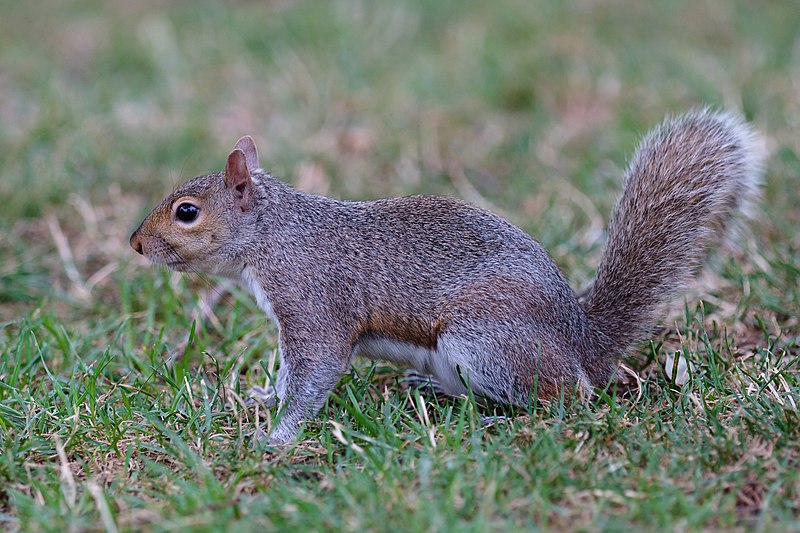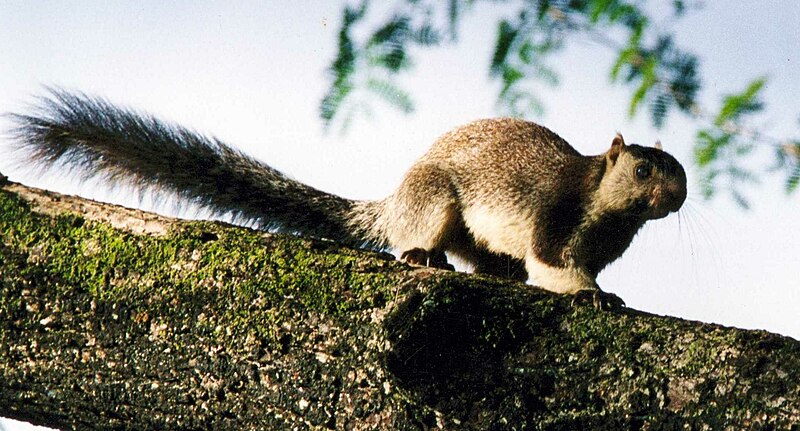Anyway, enough about holidays! I'm sure some of you are
wondering what’s going on with my latest stop-motion film in the Animal Face-off Series: Elephant vs. Rhino. Well, I’d say it’s
about 91% or so completed. I expect to have it finished anytime between now and
the 15th. So stay tuned to see which animal can beat the stuff out
of the other one!
By the way, some people have complained that putting comments of the blog is hard to figure out how to do it. So if you wish to put a comment (which I'd highly recommend), simply
By the way, some people have complained that putting comments of the blog is hard to figure out how to do it. So if you wish to put a comment (which I'd highly recommend), simply
- Click on the title of the post you'd like to leave a comment on
- Scroll to the bottom of the page
- Type in what you wish to say in the comment box
- Then in the box below where you just typed, enter one of the following to comment as
- Next, click preview
- After this, if you are not signed into to Blogspot, you will be asked to type in a word and a number, do so in the box where it says to do so (put a space between the word and the number)
I hope this has been helpful! Please send me your comments (it really helps when it comes to improving this blog!).
No doubt, if you live up North, you’ve seen one animal in
particular getting ready for the winter (if you live in North America, Europe
or northern Asia of course). You know what animal I’m talking about – the
little furry animals outside with bushy tails, buckteeth and a craving for
nuts. Yes, I’m talking about squirrels. Squirrels are everywhere this time of
year! Right now they are gathering up nuts to store for winter. But there’s a
lot more to squirrels than what meets the eye! Let’s check them out!
The squirrels we commonly see in cities and towns of North
America are called Sciurus carolinesis,
or Grey Squirrels. Grey Squirrels can be grey, but they are also red, tan and
sometimes blackish! Go figure! These little mammals grow about 1 ½ feet long
and weigh 1-2 pounds. Grey Squirrels are diurnal (which means they come out in
the daytime), like most squirrels. While they are quite agile climbers, they
often spend a good bit of time on the ground searching for nuts that they save
for later. Other than nuts, they also feed on fruits, seeds, nuts and bark.
As we all know, Grey Squirrels burry nuts underground to
save them for later. And sometimes, squirrels will forget about a few of them
so they have the chance to grow into mighty trees. (Learn more about nuts and
other seeds in my other post, “We’reNuts for Nuts”) Squirrels also sleep for a majority of the winter months in
a nest called a drey, but they don’t “hibernate” in a sense. Instead, they
merely take long dozes and wake up every so often to munch on food before going
back to bed. Also, if the weather, gets a warm spell, don’t be surprised to see
a few squirrels leaping about in the branches looking for food.
The Grey Squirrel is what we think of when we think about
squirrels, but there are LOTS of
other species of squirrels, most of which you’ve probably never heard of! The Sciurus vulgaris, or Red Squirrels are
squirrels also live in North America and Eurasia. The difference between Red
and Grey Squirrels is not their color, as they can both be red, brown, grey, black
or grey-brown in the winter. . There is a difference between Red Squirrels in
Eurasia and the ones in North America, and even an amateur can easily tell the
difference: Eurasians have tufts on their ears while the others don’t.
 |
| An American Red Squirrel |
 |
| Prevost's Squirrel |
 |
| Cape Ground Squirrel |
 |
| Fox Squirrel |
 |
| Western Grey Squirrel |
More on Cape Squirrels later though! There’s another species
of squirrel that’s really bizarre, it’s unlike any other species of squirrel.
To cross long distances, most squirrels have to climb down from the trees and
scurry across the ground. But God gave one squirrel a radical solution, this
squirrel is none other than (drum roll please) . . . the Flying Squirrel!
 |
| See the Flying Squirrel's big eyes? |
Now, let’s learn a bit about how Eurasian Red Squirrels are
in trouble because of their Grey cousins. The Red Squirrels were already in
trouble due to deforestation and pets such as dogs and cats (which is a good
reason never to let cats out, I have others, but I’ll save them for another
time), but as if that weren’t bad enough, more trouble came. Grey Squirrels
were taken to Eurasia from North America, and some got loose. Now they are
bullying their Red cousins. How? Well, both species of squirrels like a lot of
the same things: big trees, places to find food, and places to raise young. Now
Grey Squirrels are nearly twice the size of the Red Squirrels, need more food,
and have more babies. So with trees being cut down, there are less trees so the
Grey Squirrels are taking many of the few trees that remain. And also, Grey
Squirrels carry a disease they are immune to, but Red Squirrels have no
immunity to this disease, and it’s deadly! So long story short: Grey Squirrels
are doing great in Eurasia, and Red Squirrels are in a little pickle (or
nuttle?). Now how can the Red Squirrels be saved from extinction?
 |
| This little guy is so cute! He's a sleeping baby Red Squirrel. |
Well, when trouble strikes, people groups in Europe come to
rescue baby squirrels and nurture them up. The babies are fed milk, and are
cared for until they are big enough to look after themselves. They also take in
sick or injured squirrels and tell people living around the areas about Red
Squirrels so they can support “squirrel groups” to help the Red Squirrels. Many
of these groups are also keeping Grey Squirrels out of places where some Red
Squirrels live and saving forests where Grey Squirrels are not a problem. So
with a little work, perhaps the Red Squirrels of Eurasia will be safe once
again!
Thanks for stopping by today to get all “squirrely”! Please check back next week to stay
up-to-date on the progress of the stop-motion film and get more nature bits!
See you next time!
PS: Have a puzzling question about, animals (including
dinosaurs), myself, my latest book, “THE KING ON A CROSS”, Creation, nature or etc? Post your question as a comment
or send me an email to animaladventures@aol.com.


_Eichh%C3%B6rnchen,_Squirrel,_Sciurus_vulgaris.JPG/800px-2010-04-09_(7)_Eichh%C3%B6rnchen,_Squirrel,_Sciurus_vulgaris.JPG)
.jpg/293px-Indian_Palm_Squirrel_(Funambulus_palmarum).jpg)


No comments:
Post a Comment